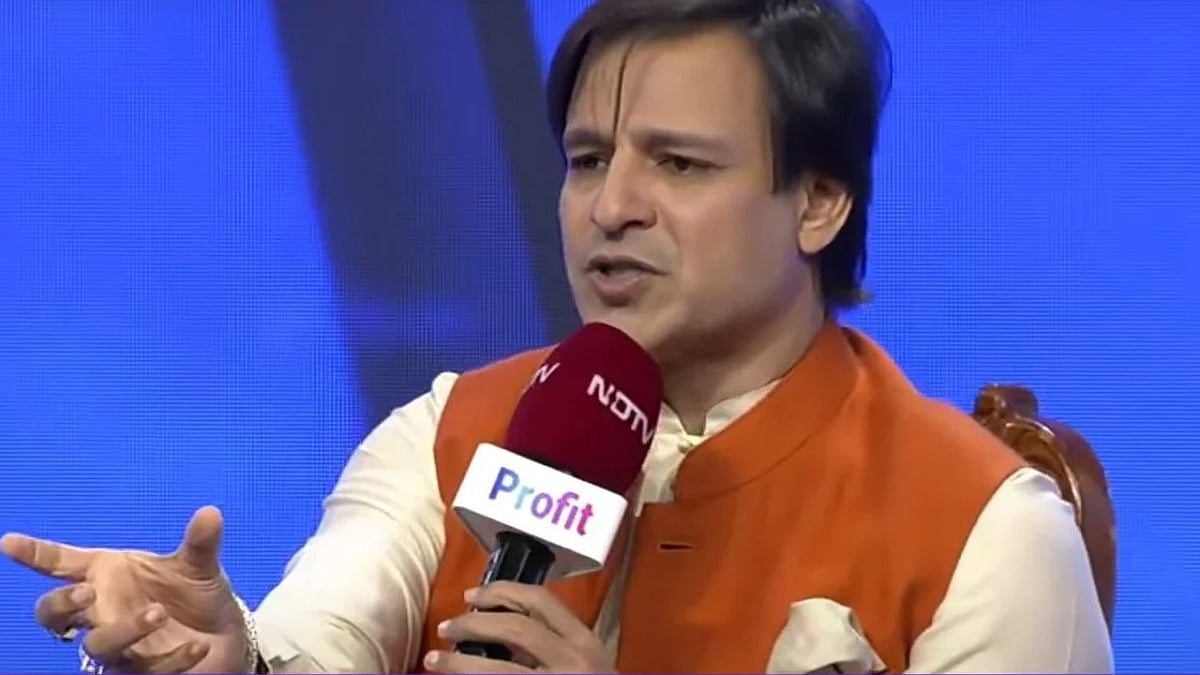When Americans shop for an electric vehicle, they’re lucky if they find one under $30,000. The cheapest EV in the U.S., the Chevy Bolt, has an effective price (base sticker price minus the $7,500 tax credit) of about $20,000, including freight charges but not state tax. That’s the price GM advertises, which might be different from what you find at a dealership.
Meanwhile, across the Pacific, car shoppers in China have a much easier time finding EVs within that price range — and thousands of dollars below it. Any Chinese EV brand could serve this point, but for the sake of comparison, consider the near Bolt equivalent, the new BYD Seagull. The electric hatchback gets about 251 miles of range and can charge between 30% and 80% in a half-hour.
The starting price? 73,800 yuan, or roughly $10,183. That’s about $10,000 cheaper than America’s cheapest EV (after the tax credit), and it’s more than $5,000 cheaper than America’s cheapest car, the Nissan Versa, which lists for about $15,830.
A vehicle like the Seagull on American soil might attract more EV buyers, decreasing dependence on cheaper gasoline cars and pushing the U.S. closer to achieving a net-zero emission economy by 2050. In China, an estimated one-third of new car sales are electric, compared with 5.8% in the U.S. in 2022.
At the same time, opening the U.S. market to Chinese EVs would increase dependence on China at a politically sensitive time, which is why Americans likely won’t see a BYD Seagull in their neighborhoods anytime soon, or any other Chinese EV.
Why Americans can’t buy cheap Chinese EVs
Despite some speculation over Chinese companies swooping in and introducing a slew of cheap EVs to American drivers, no Chinese EV-maker is yet manufacturing cars in the U.S., nor do any have firm plans to do so in 2023.
In fact, diplomatic tensions between Beijing and Washington help make it unlikely Chinese EVs could be to our era what Japanese and South Korean cars were to the 1970s and ’80s: affordable, fuel-efficient alternatives to American brands. Even after U.S. Secretary of State Antony Blinken and Chinese President Xi Jinping agreed in June to improve relations, the superpowers differ on so much global policy — from the sovereignty of Taiwan and Ukraine to territorial disputes in the South China Sea — it’s hard to imagine the U.S. opening itself to a flood of cheap Chinese EVs.
Attendees look at a BYD electric vehicle during the 2023 Central China International Auto Show on May 25 in Wuhan, China. (Getty Images AsiaPac via Getty Images News)
The only way to procure one now is to buy it from a third-party site — like Alibaba — and import it from China. But don’t get your hopes up: A Trump administration-era 27.5% tariff still applies to Chinese EV imports. Taking into account the tariff, freight charges and registration fees, you’re likely not going to pay much less than you would for a Chevy Bolt, especially because the latter qualifies for the $7,500 EV tax credit but Chinese EVs don’t. In addition, cars made for the Chinese market aren’t subject to U.S. safety standards.
For Americans to really enjoy the low prices available in China, they would need Chinese EV companies to move their operations to North America, thus sidestepping the tariff. That would involve building factories and manufacturing cars in the U.S. (or in a place where the tariff doesn’t apply, like Mexico). And while such a notion isn’t impossible, so far only one Chinese EV company, Nio, has made strides to open on American soil, and even it has only leased space in San Jose, California, but hasn’t built assembly plants or announced plans to do so.
Aside from political headwinds and tariffs, Chinese companies would also have to deal with the American public’s perception of China. While certainly many Americans would buy a cheaper EV, regardless of where it came from, others might resist Chinese brands on the grounds that they don’t want to support an economic rival. Mistrust and suspicion — not helped by a spy balloon incident and the government’s ban of TikTok from federal devices — could sway public opinion away from Chinese cars, even if they are safe and reliable.
Will the U.S. ever make cheap EVs like China?
Looking to the near future, American automakers will have a tough time selling EVs at prices as low as those in China. Even with support from the Inflation Reduction Act, American EV-makers haven’t figured out how to secure battery-grade materials efficiently, leaving them at the mercy of the world’s largest producer of them — China.
According to research from The New York Times, China controls about 41% of the world’s cobalt mining and 28% of lithium, two key ingredients in many long-range EVs. Even if Chinese mining companies don’t extract the metals themselves, chances are the materials will still pass through China — the country refines about 73% of the world’s cobalt and 67% of its lithium. It also produces about 77% of cathodes and 92% of anodes, two essential components in batteries, which is perhaps why more than 6 in 10 battery cells are made in China.
“[The Chinese have] reached a point where they can manufacture cars efficiently like smartphones, whereas North America is still stuck trying to overhaul an outdated manufacturing supply chain.”
Zayn Kalyan, CEO of Infinity Stone Ventures
Control over the battery supply line has made China home to the world’s largest electric vehicle market. Even American EV-maker Tesla has set up a Shanghai factory and sold 94,469 of its Model Ys in China in the first quarter of this year. For comparison, it sold about 83,664 Model Ys in the U.S. during the same period and 71,114 in Europe.
The U.S., for its part, produces less than 2% of the world’s lithium from a single mine in Nevada. American cobalt production is even more dismal: less than 0.40%, according to data insights from Mining Technology, an online publication covering the mining industry. The fact that the U.S. doesn’t have viable supplies of metal is one major reason its EVs are so expensive (although greater recycling capacity could help ease the demand for mined lithium).
“China has dominance over critical minerals and a robust manufacturing industry,” says Zayn Kalyan, CEO of Infinity Stone Ventures, a Vancouver, British Columbia-based supplier of critical metals for clean energy. “They’ve reached a point where they can manufacture cars efficiently like smartphones, whereas North America is still stuck trying to overhaul an outdated manufacturing supply chain.”
To be sure, the U.S. does have critical metals on its home turf. Ample lithium reserves are in several states, including Nevada, California and North Carolina, while cobalt has been discovered in Idaho and Minnesota. But unless the permitting process for mines, which can take seven to 10 years, is shortened, it’s hard to imagine these states supplying American EV-makers anytime soon.
At this point, for the U.S. to sell cheap EVs like China, it would need to do something radical, like invent new battery technology that requires fewer or different chemistries of metals. But even that would require a long-term perspective. “The issue,” Kalyan says, “isn’t finding a different composition of metals. It’s finding a different composition that you can scale. There are lots of new chemistries to compete with lithium-ion batteries, but scaling it upward to meet demands for EVs is the challenge.”
In the meantime, you can still order a new Chevy Bolt for about $20,000 after the $7,500 tax credit. But even that option will soon be unavailable — GM said it will discontinue the Bolt after 2023. CEO Mary Barra has hinted at plans for replacing it with another affordable option, but there has been no official announcement. As of now, GM plans to convert the Orion Assembly plant, which makes Bolts, to build more expensive EV Silverados and Sierras, continuing an American trend of building bigger cars at slightly higher production costs for wider profit margins.
(Top photo by Getty Images AsiaPac via Getty Images News)







































